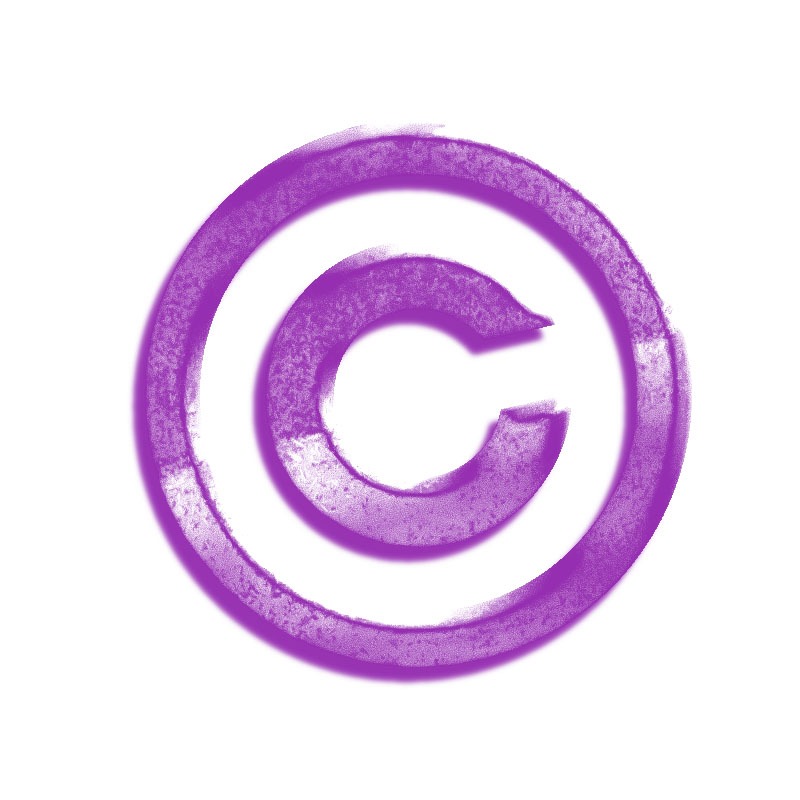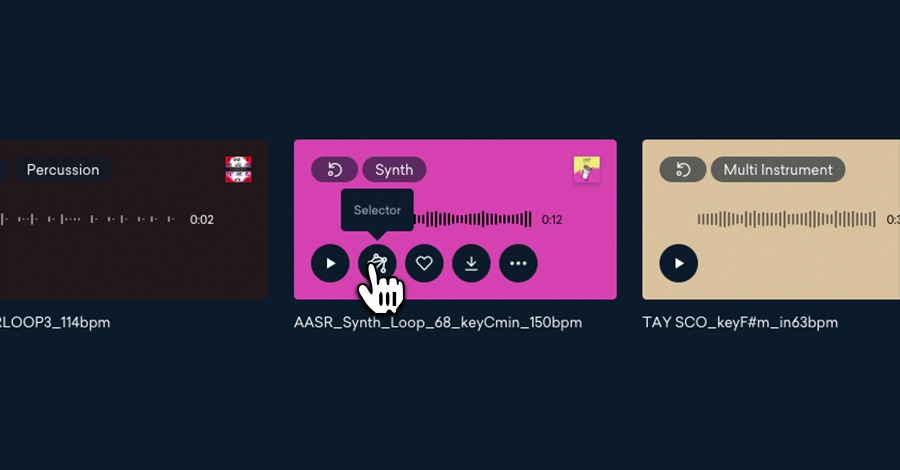With modern sampler plugins, DAW software, and impressive libraries of samples such as from LANDR it’s easier than ever to use samples in your tracks.
However, where do you begin?
Knowing where to find samples and the way to use them without legal issues is intimidating.
In this guide, you’ll learn where to find the perfect samples, the way to use them to make tracks, and how to avoid some common mistakes when using samples.
- What can I sample legally?
- Where to find your samples
- How to use samples in your track
- The way to sample in your DAW
Table of Contents
ToggleWhat is sampling?
Sampling is a music production technique where artists take a piece of existing audio and repurpose it into a brand new creation. Artists will use a hardware sampler such as an Akai MPC, a sampler plugin or their DAW to create a sample. These track snippets are usually looped and modified, sometimes beyond recognition.
Sampling originated in the 80s and 90s hip-hop and dance music. However today it’s used in everything from rap, R&B, rock, country, and even modern classical music.
And although some critics have questioned the legitimacy of sampling–the Grammys only recently allowed songs with samples to be eligible for song of the year– so many producers use the method it would be challenging to discover a genre of music that doesn’t use it.
Whether you’re paying homage to the legends of the past or you want to create something unrecognizable and new, sampling is a technique you need in your toolbox.

What can I sample legally?
Before we discuss how you can use samples in your music, let’s talk about sampling music legally.
Getting sample clearance is a big topic.
In case you don’t clear your samples you won’t be able to digitally distribute your track on streaming platforms like Spotify and Apple Music.
You can even face legal action for using uncleared samples in your tracks.
And even if you do manage to get sample clearance, you’ll still have to give away a percentage of revenue in royalties.
Luckily, there are many curated libraries with royalty-free samples that you can use in your track.
Separating fact from fiction
There’s plenty of misinformation out there around sampling.
Here are some copyright facts you need to know to sample smart:
- Sampling any part of a track without clearance is illegal regardless of how long the sample is.
- You can’t sample somebody’s work even if it was never registered with the copyright bureau.
- Even if you don’t plan on profiting from your music uncleared samples are still off-limits.
- Copyrights expire 70 years after the last surviving author or co-author of the work dies.
- You can’t quote lyrics from another artist in a recording of your voice.
What are the creative commons?
Creative Commons is an organization that makes it possible for content creators to offer levels of access to use and distribute their work through a wide range of licenses.
There are several different licenses in the creative commons. Each of them provides a specific level of access to use, modify, and remix content.
You’ll need to pay attention to what Creative Commons license was applied to the work you are using to comply with the law.
Some creative commons licenses allow anybody to use, modify, and distribute a particular work.
And here is another tip on how to use samples in your tracks without getting sued.
Where to find your samples
With copyright law out of the way let’s check out a few places to find samples.
Free sample packs and websites
There are many websites where you can find free sounds like LANDR that are in the creative commons.
You also might find samples you like in a free sample pack.
Here are a few free sample packs you’ll find interesting on LANDR.
- Emotive Trap and Hip Hop
- 50 Best Free Synth Samples
- 40 Best Free Piano Samples
- 50 Best Free Guitar Samples
Use a curated, royalty-free sample library
Free and copyright cleared samples are great. Wasting studio time wading through thousands of samples isn’t.
Nobody needs to spend hours going through 300 kick drums. And let’s face it— free samples aren’t always the best.
Using samples is just fun if you can find what you need to make your track.
Fortunately, there are some great choices for getting awesome samples at a very low cost.
Curated sample libraries are one of the simplest ways to find good samples because they are home to packs of samples that complement one another.
LANDR Samples
LANDR Samples – where you can find millions of curated samples.
When you discover a sample you want, hit the Selector option and LANDR will offer AI curated recommendations for what goes greatest with that sample.
A selector is a tool that helps to quickly identify and match samples from LANDR’s extensive sample library.
LANDR also is home to artist-curated sample packs that allow you to easilystart a song with a sample.
Sample yourself and the world around you
Creating your samples is just as fun as using the ones from libraries and sample packs.
Grab yourfield recorder and snag some ambient samples from a nature walk!
Or jam with yourself on your instrument, record the whole session, and take the juiciest bits.
Self-sampling is an effective method to get around clearance issues since you may modify anybody’s work by creating a personal rendition.
You could take a look at cool instrumental hip-hop which comes from self sampled work.
Keep in mind that chord progressions cannot be copyrighted, so inspire yourself with a cool chord progression for your sample!




